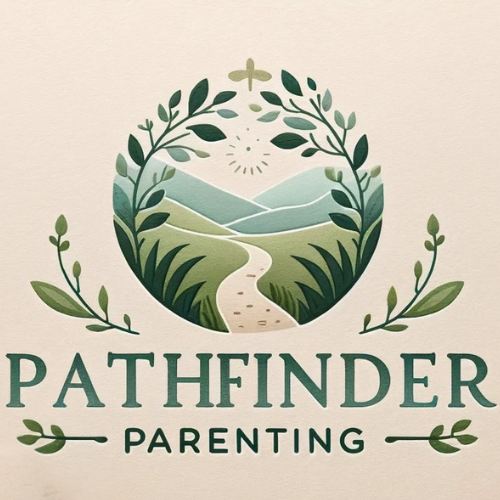When we speak of learning disabilities, we are referring to a collection of disorders that impact the way a person processes, retains, or communicates information. These disabilities, which affect individual’s capacity for reading, writing, math, and reasoning skills, can pose challenges to various tasks in academic, professional, and daily life.
Unfortunately, learning disabilities are often misunderstood. A common misconception is to interpret these disabilities as a lack of intelligence or indicative of laziness. This, however, is far from the truth. Learning disabilities are neurological conditions influencing the way the brain processes information and not a reflection of a person’s overall intelligence or work ethic.
Such misconceptions can result in stigma and discrimination, potentially hindering individuals from accessing the support and accommodations necessary to thrive. It is therefore crucial that we strive to educate ourselves and others in order to breakdown these misconceptions and cultivate understanding and inclusivity.
When investigating the landscape of learning disabilities, one will find an array of varying types, each associated with unique challenges. Understanding the specific struggles related to each type is essential in providing effective support for those affected.
Dyslexia, for example, deals with difficulties related to reading and language processing. Individuals suffering from dyslexia often encounter struggles with comprehension, spelling, and fluency of written language. Dyscalculia on the other hand, is characterized by challenges in processing numbers and mathematical concepts. Tasks such as arithmetic, understanding time, and sequencing can be particularly difficult for those dealing with this disability.
Numerous genetic and environmental factors are believed to play a role in the development of learning disabilities. Some individuals may be genetically more likely to develop certain learning disabilities, while others might be influenced by environmental factors such as exposure to toxins or prenatal care. Despite researchers not fully understanding the complex interplay between genetics and the environment, continuous studies are underway to further uncover how these factors contribute to the development of learning disabilities.
It’s also imperative to remember that any individual, regardless of age, can have a learning disability. Both children and adults can be affected, depending on genetic and environmental influences. Should you suspect a learning disability in either yourself or your child, it’s important to seek professional help for evaluation and diagnosis. These disabilities do not reflect a person’s intelligence but rather indicate differences in brain information processing.
Identifying the challenges individuals with learning disabilities face allows us to formulate strategies for success. With accommodations and modifications, any individual living with a learning disability can excel in their learning journey. Amendments could include extra time on tests, preferential seating, or utilizing assistive technology, allowing for better information processing and demonstration of knowledge.
Fostering strength and confidence is another effective approach. By emphasizing abilities and unique learning methods, individuals can boost their self-image and adopt a growth mindset to face challenges head-on. Continual celebration of small successes and progress can greatly enhance morale.
Lastly, seeking support from teachers, peers, and family members can be greatly beneficial. Surrounding oneself with a network of understanding and encouraging individuals can significantly help to overcome obstacles and reach full potential.
To conclude, by understanding the numerous types of learning disabilities, we can better assist those facing challenges within their academic or professional pursuits. Greater insight into these conditions and the available resources paves the way for more inclusivity and accommodation; enabling everyone to thrive.
